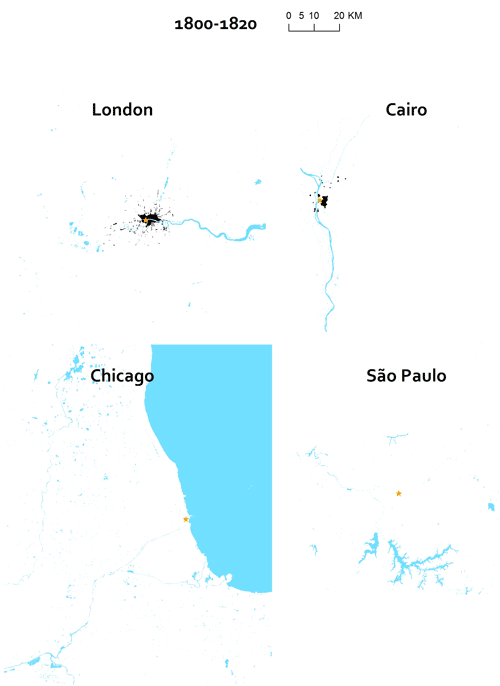September 2011, Susana Alves and Merten Nefs will present a paper at Environment 2.0, a conference organized by Technical University Eindhoven. The paper discusses the possibilities for Shrinking Cities to attract elderly by spatial features and services and transform their economy to focus on leisure and health care – in other words, to become successful Retirement Cities.

Retirement Cities – Analysing the opportunities and challenges of a co-existence of ageing and urban shrinkage in Europe
Authors:
Merten Nefs (Deltametropolis Association, Rotterdam)
Susana Alves (Edinburgh College of Art; OPENspace Research Centre)
Ingo Zasada (Leibniz Centre for Agricultural Landscape Research Institute of Socio-Economics, Müncheberg)
Dagmar Haase (Humboldt University Berlin and Helmholtz Centre for Environmental Research – UFZ, Leipzig)
ABSTRACT
Urban shrinkage has been acknowledged a major trend in many urban regions across Europe and elsewhere. Increasingly, policy makers and planners have been developing strategies to cope with these new urban development paths and their socio-spatial consequences. The authors advance the idea that active retirement migration and health tourism can be part of such strategies and ask the question: What are opportunities but also challenges for retirement migration in shrinking European cities? The authors, all from different disciplines and countries, share the idea that retirement migration and urban shrinkage in Europe are connected, bound together by the search for urban ‘quality of life’. Both processes have already been discussed extensively as separate subjects in academic literature. However, in this paper a conceptual model is proposed, which provides an approach of how to assess the suitability and identify development perspectives of shrinking cities in the context of an aging society and the in-migration of retirees. Based on two carefully selected case study regions with particular relevance of aging population – Walcheren (NL) and Leipzig (GER) – the conceptual model is exemplarily applied to investigate both quantity and quality of green open spaces and living environment, a major aspect in urban quality of life. It is argued, that shrinking cities provide valuable opportunities to adapt to the affordances of an aging population. Retirement in-migration again might represent a crucial catalyst in urban renewal for shrinking cities.
Walcheren – retirement at the North Sea coast, in a region facing shrinkage

Leipzig – reuse of urban green space in a shrunken city, for recreational use and active ageing





